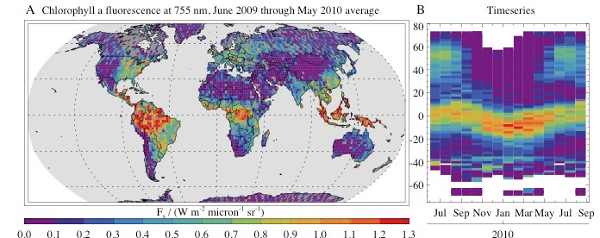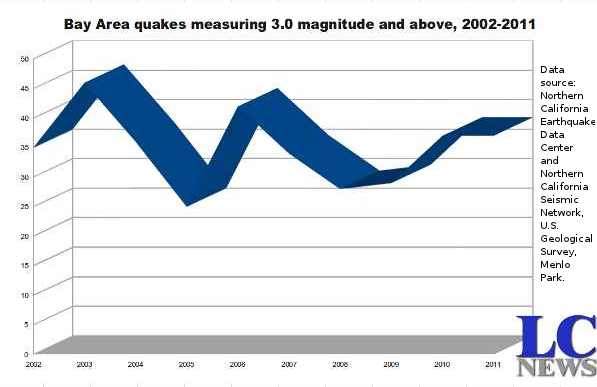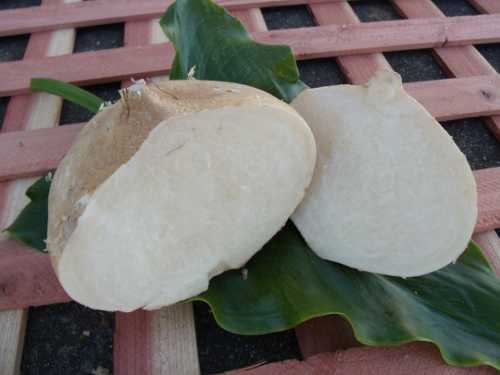- Lake County News reports
- Posted On
Space News: Solar flares could affect communications, power grids
Two solar flares that occurred earlier this week could disrupt some communications on Earth on Wednesday and also impact NASA spacecraft.
NASA models using data from the Solar Terrestrial Relations Observatory (STEREO) and the Solar Heliospheric Observatory (SOHO) have now provided more information about the two coronal mass ejections – or CMEs – associated with two solar flares that occurred on Tuesday.
The first of the coronal mass ejections is traveling faster than 1,300 miles per second; the second more than 1,100 miles per second.
NASA's models predict that the CMEs will impact both Earth and Mars, as well as pass by several NASA spacecraft – Messenger, Spitzer, and STEREO-B.
The models also predicted that the leading edge of the first CME would reach Earth at about 10:25 p.m. Pacific Time Wednesday or 1:25 a.m. Eastern Standard Time Thursday morning – plus or minus seven hours.
Such a CME could result in a severe geomagnetic storm, causing aurora at low latitudes, with possible disruption to high frequency radio communication, global positioning systems and power grids.
The sun erupted with one of the largest solar flares of this solar cycle on Tuesday at 4 p.m. Pacific Time. This flare was categorized as an X5.4, making it the second largest flare – after an X6.9 on Aug. 9, 2011 – since the sun’s activity segued into a period of relatively low activity called solar minimum in early 2007.
The current increase in the number of X-class flares is part of the sun’s normal 11-year solar cycle, during which activity on the sun ramps up to solar maximum, which is expected to peak in late 2013.
About an hour later, at 5:14 p.m. Pacific Time Tuesday, the same region let loose an X1.3 class flare. An X1 is 5 times smaller than an X5 flare.
These X-class flares erupted from an active region named AR 1429 that rotated into view on March 2. Prior to this, the region had already produced numerous M-class and one X-class flare.
The region continues to rotate across the front of the sun, so the Tuesday flare was more earthward facing than the previous ones. It triggered a temporary radio blackout on the sunlit side of Earth that interfered with radio navigation and short wave radio.
In association with these flares, the sun also expelled two significant CMEs, which are traveling faster than 600 miles a second and may arrive at Earth in the next few days.
In the meantime, the CME associated with the X-class flare from Sunday has dumped solar particles and magnetic fields into Earth’s atmosphere and distorted Earth's magnetic fields, causing a moderate geomagnetic storm, rated a G2 on a scale from G1 to G5.
Such storms happen when the magnetic fields around Earth rapidly change strength and shape.
A moderate storm usually causes aurora and may interfere with high frequency radio transmission near the poles.
This storm is already dwindling, but the Earth may experience another enhancement if the most recent CMEs are directed toward and impact Earth.
In addition, Tuesday night’s flares have sent solar particles into Earth’s atmosphere, producing a moderate solar energetic particle event, also called a solar radiation storm.
These particles have been detected by NASA’s SOHO and STEREO spacecraft, and NOAA’s GOES spacecraft.
At the time of writing, this storm is rated an S3 on a scale that goes up to S5. Such storms can interfere with high frequency radio communication.
Besides the August 2011 X-class flare, the last time the sun sent out flares of this magnitude was in 2006.
There was an X6.5 on Dec. 6, 2006, and an X9.0 on Dec. 5, 2006. Like the most recent events, those two flares erupted from the same region on the sun, which is a common occurrence.
Follow Lake County News on Twitter at http://twitter.com/LakeCoNews, on Tumblr at www.lakeconews.tumblr.com , on Google+, on Facebook at www.facebook.com/pages/Lake-County-News/143156775604?ref=mf and on YouTube at www.youtube.com/user/LakeCoNews .

 How to resolve AdBlock issue?
How to resolve AdBlock issue? 
















